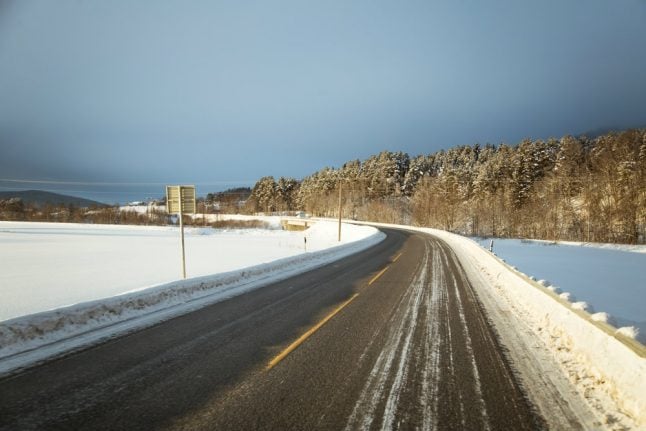The Director of Public Prosecutions (Riksadvokat) has ordered reports and statements in which the NPRA used the Crashcube software to no longer be used as evidence in cases, with immediate effect,TV2 reports.
The software is used to extract various types of data from vehicles that have been involved in road traffic accidents.
The order from the national public prosecutor comes after criminal investigation agency Kripos discovered the software error in the tool. The Director of Public Prosecutions was made aware of the discovery in December.
The presumed incorrect information has provided the basis for NPRA reports and statements which may have been issued in criminal cases.
Settled criminal cases in which convictions may have been made on incorrect factual bases must also be identified, the order states.
Preliminary estimates indicate around 10 criminal cases may be affected, according to the TV2 report.
NPRA told the broadcaster that it began using Crashcube in early 2017 and was made aware that of “weaknesses” in the software by Kripos in May 2019, when its use was suspended.
The agency said it was is aware of two cases in which Crashcube has been used in analytical work in connection with traffic accidents. In these cases, the NPRA has notified the police that they used the tool for legal proceedings. It is now investigating whether the tool was used in other reports.
READ ALSO: Why Norway is warning drivers about 'egg-shaped' bends



 Please whitelist us to continue reading.
Please whitelist us to continue reading.
Member comments